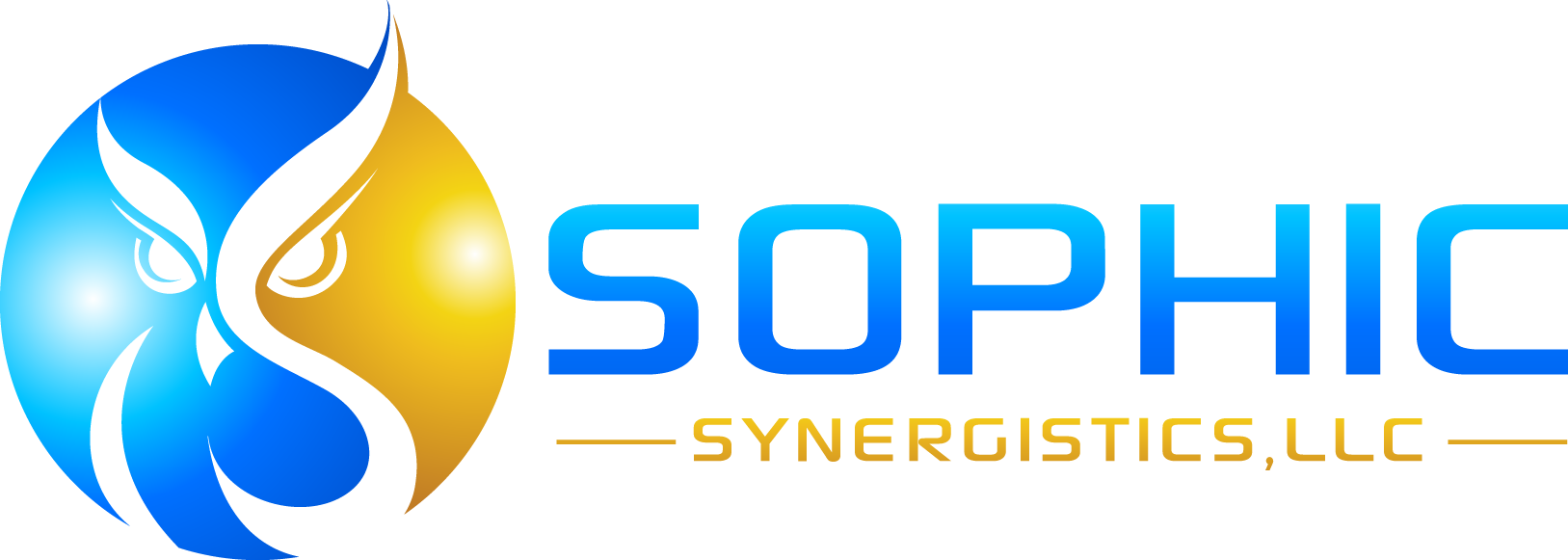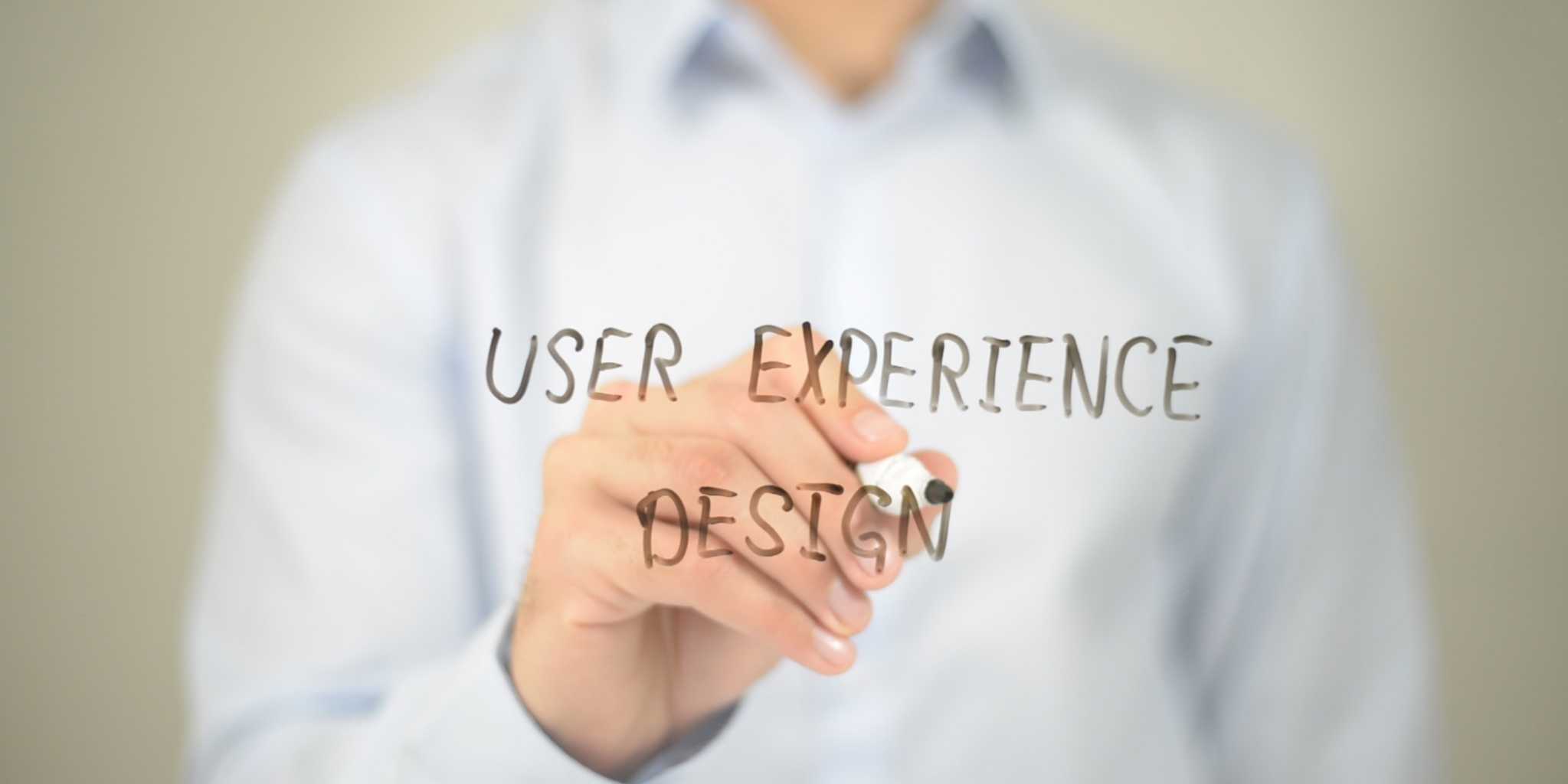Innovation.
Google the definition of the word, and you’ll see this: “a new method, idea, product, etc.” And yes, that’s exactly what innovation is supposed to be. It’s a new and useful means to solve real-world problems for people. It makes our lives better – like when Thomas Edison manufactured the first light bulb. With his innovation, the world suddenly got a lot brighter (literally!).
Edison was successful because he understood the wants and needs of his users. He didn’t just produce light bulbs and walk away. He spent most of his career continuously trying to improve the light bulb for people. Design mattered to him. The people he was designing for mattered to him.
These days, however, innovation has taken on a new meaning: “success”. Because of this, it’s become an organizational goal for many companies. Innovate and succeed. Innovate and lead. Innovate and beat out the competition. Or not. Most companies have good intentions. But what they fail to understand is that innovation does not equal success. A well-designed product or service does.
If you don’t think user experience design matters, think again!
Who remembers Amazon’s Fire Phone? If you don’t, there’s a good reason for that. It was a total product failure in 2014. Amazon’s Kindle Fire tablets were so popular, that the company decided to develop a phone. What they designed was incredibly clunky and had very limited app options. Customers were not impressed, and the product was discontinued. This is just one small example of a product that wasn’t designed with users in mind. It was designed for the sake of design. It’s also a reminder that even the most successful companies sometimes forget what innovation is really about.
Not all bad designs are so easily forgotten, though. In 1985, Coca-Cola decided to change its beloved formula and called its innovation “New Coke”. The issue was that customers never wanted the formula to be changed in the first place. Coca-Cola clearly wasn’t designing for their users. They weren’t solving a problem for people or making lives better. The public backlash they faced was tremendous and forced them to revert to the original formula. People were so relieved to get the original formula back that Peter Jennings interrupted a broadcast of “General Hospital” to announce the news! And United States Senator David Pryor referred to it as “a meaningful moment in US history” on the floor of the Senate. Never, ever underestimate the power of user experience design.
So, do you have to be another Thomas Edison to innovate successfully?
Not quite. The good news is that anyone can innovate. If you’re a product designer or a company that wants to lead in the market, you can certainly succeed. The bad news: It’s not going to happen easily. Innovation needs just the right conditions to work, starting with a focus on the end-user. Innovation is all about people. You must understand that innovation is not a condition. It’s not a catalyst. It’s an end state – realized when the human element is effectively considered as part of the process. Edison knew it way back then… Innovation needs user experience (UX) design to succeed.
UX design encompasses the entire user’s journey from start to finish. It begs the questions: Why would users want the product in the first place? How will it solve their problems? Does it function seamlessly to meet their needs? Is it accessible for everyone? Is it easy to use?
Depending on how user experience design is applied, it incorporates elements of several domains: Human Factors Engineering, Ergonomics, Cognitive Psychology, Industrial Engineering, Organizational Psychology, Human-Computer Interaction, and Usability. Yes, user experience design is multidisciplinary, and this is exactly where many companies struggle. Perhaps they can’t afford to hire an in-house team to handle their needs, or they simply don’t know where to begin. Money gets wasted on designs that don’t work, customers become disappointed, and public backlash ensues.
Here at Sophic Synergistics, we have a solution. It’s a model that we call Better Business By Design™. It helps companies across all industries focus on building environments, products and services that meet people’s needs. By truly understanding how people interact with their environments and their expectations, companies can improve user experience and innovative outcomes and prevent product failures.
Let us help you become the innovators you want to be.
User experience design has a direct impact on a company’s bottom line. In fact, for every dollar invested in it, you can expect a return of 2 to 100 times the investment. And the benefits don’t end with profitability… they also include:
- Reduction in time to market
- Little to no design rework
- Streamlined operations and development approaches
- Lowered customer acquisition costs
- Increased user acceptance and customer retention
- Increased innovation potential
- Reduced risks associated with human safety or product liability
- Reduced need for after-market support and customer service costs
When it comes to innovation, you simply can’t leave out user experience design. And knowing its benefits, why would you want to? When the human interface is optimized through UX design, it delivers a successful user interaction, addresses true needs, and delivers a positive experience. That’s what innovation is really all about!


